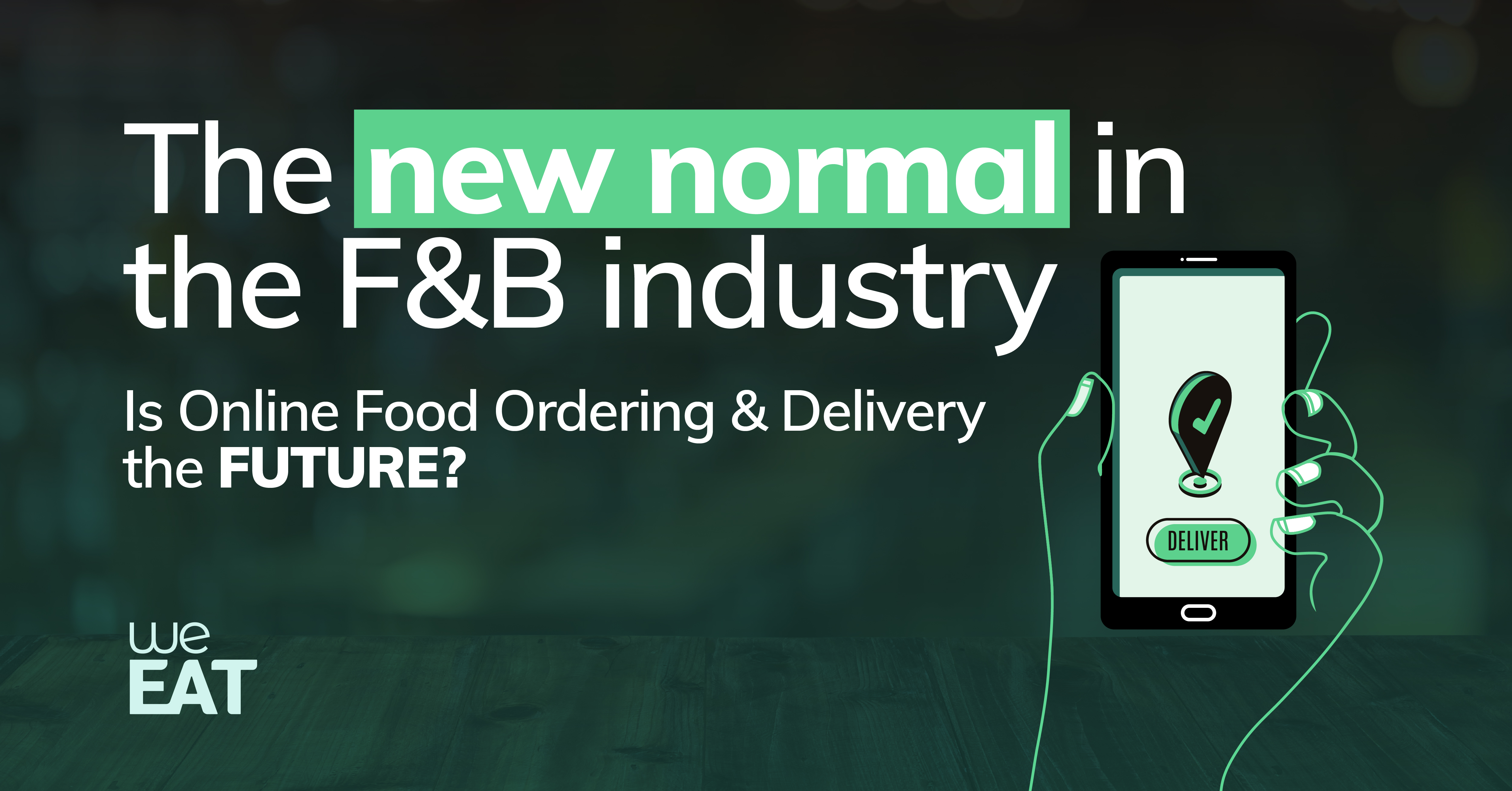Will the new normal for the F&B industry be the future?
Adapting to the new normal: Online food ordering and delivery
In battling the impact of the Covid-19 outbreak, businesses and industries are adjusting to the new normal. That goes the same for the F&B retails in Malaysia which is hit hard by the Movement Control Order (MCO) ever since it came into effect on March 18th, 2020.
In a time when social distancing and lockdown are a must, F&B businesses are turning to digital technology and ventured into the online marketplace. One initiative is ‘online food ordering and delivery’. With government directives to allow eateries to remain open to provide takeaway and delivery service for customers, this trend of online food ordering and delivery is likely to persist.
Food delivery in demand during Covid-19
Food deliveries are becoming a popular option rather than takeaway as people reduce their social interactions. The likes of GrabFood and Foodpanda are currently experiencing a surge in orders while at the same time, eateries that did not previously offer delivery are now doing so through third-party delivery companies in order to keep business running.
Delivery service can help restaurants mitigate costs and also ease the return to normal working conditions after the pandemic subsides. Concurrently, the emergence of numerous online food ordering apps is expected to happen in this time of crisis and weEAT is one of them waiving activation and monthly fees for eateries in an effort to help keep small businesses afloat.
China: Restaurants getting back into business with the help of QR after lockdown
A recent Facebook video by Husna Liang, a former student of University of Malaya (UKM) who resides in Beijing gave insights into daily life after lockdown. In her video, she visits a restaurant and explains that necessary precautions are still taken such as body temperature checks and filling up personal information before dining in.
Moreover, to avoid close contact between customers and restaurant staffs, QR codes are available on each table to enable customers to view the menu, place their order and pay conveniently through their devices.
“Each table is pasted with a QR code like this one to help customers choose their orders and make payments,” said Liang fluently in Malay as she shows viewers how the QR food ordering feature works before she goes on to point out that each customer is now separated with a piece of plastic in compliance with social distancing.
While this QR food ordering feature is considered a step of precaution as described by Liang, it is also beneficial to restaurants in a way that businesses can now run easily without needing additional staffs for taking orders and receiving payments from customers. All of it can be done with just a single QR code and a device. It is very likely that this feature will be ubiquitous in every restaurant soon.
Could this be the new future for the F&B industry?
The current Malaysian F&B industry is still facing days of uncertainty following the extension of MCO. However, with individuals and businesses embracing digital transformation and adopting innovative approaches, this new digital normal will be likely still be happening for quite some time even after the lockdown ends.
Video courtesy of Husna Liang: https://bit.ly/2RTZHIR

